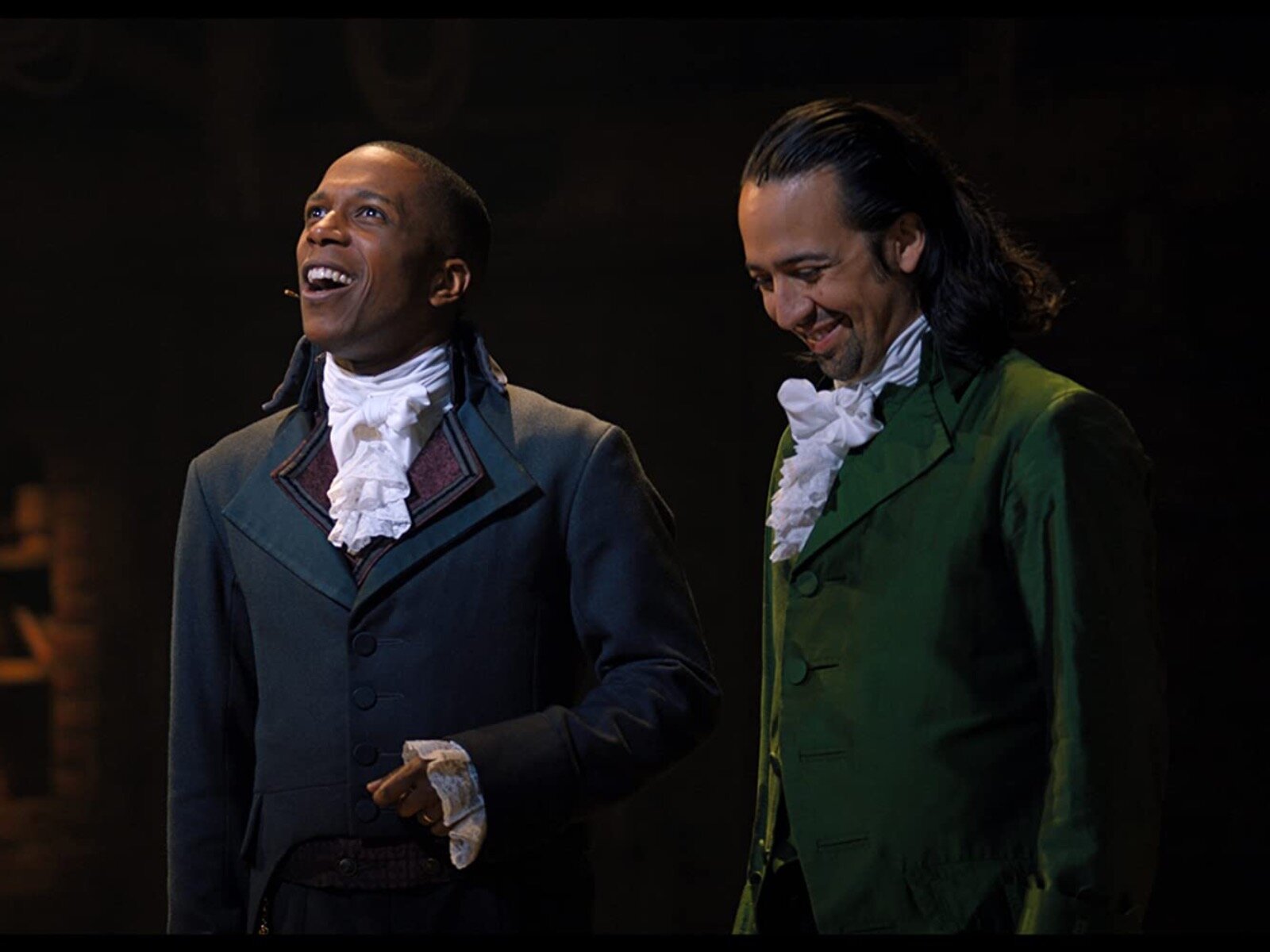I walked into "Samsara" prepared to be skeptical. I knew it was going to be beautiful, but I also knew there was no concrete story, and in my opinion, having all visuals and no story or characters is giving me half the movie-going experience. As a result, I sat down in my theater chair like Bill Maher in a church pew.
Two hours later, I walked out of the theater a believer, baptized in the power and immense beauty of 70mm film.
Calling "Samsara" a movie feels like selling it short. It's a cinematic experience indeed – one that demands to be seen on the big screen for maximum effect – but above that, it's a cultural and spiritual experience that invites you to a new perspective of the world, as well as yourself. In fact, to review it seems wrong, like reviewing a prayer.
Much like the creators' previous film, 1992's "Baraka," there is no real story or character arcs in "Samsara." In fact, I don't recall a single line of dialogue. Instead, the film is comprised of small visual vignettes from locations across the globe. Some of them are breathtakingly gorgeous, such as the shots of ancient ruins that go so far into the distance that it almost looks like a matte painting. Others are freakishly haunting, like a sequence in which a well-dressed business man begins throwing a fit at his desk, rubbing clay and dust onto his face, eventually appearing like the Pale Man from "Pan's Labyrinth."
"Samsara"'s focus is humanity, which is another way of saying that the film has no focus at all. Some of the sequences demonstrate the progress of humanity, moving toward the surreal images that comprise modernized society – most memorably a sequence involving unnervingly real robot people. One chapter demonstrates the role of guns throughout the world; another shows the juxtaposition of beautiful skyrise buildings next to extreme poverty. Sometimes the connection between segments is clear, but other times there seems to be none whatsoever.
The movie's title means "cyclic existence" in Sanskrit, a theme that provides the very loose organization for the images. However, it's best not to watch director Ron Fricke's film looking for these ideas or concepts, or a solid storyline, no matter how abstract. "Samsara" is more like a Rorschach test for the soul, presenting jaw-dropping images of humanity and society, and inviting the audience to analyze them for personal meaning.
Of course, you could also just see "Samsara" for the pretty pictures, and I wouldn't blame you for a second. The big selling point of the film is that it was filmed entirely on 70mm, a higher-definition film stock than the usual 35mm. Many big-budget movies, like "The Dark Knight Rises," are beginning to incorporate 70mm, most commonly for IMAX sequences.
Admittedly, I wasn't entirely convinced of the format when I saw "The Dark Knight Rises" IMAX-footage this past summer. However, "Samsara" shows that, when used right, it can bring wonder back to the big screen. The colors are unbelievably vivid, and each texture can be seen with startling clarity.
A scene involving a band of monks meticulously crafting an eye-poppingly bright image out of different colored sand grains is pretty much guaranteed to inspire awe (its inevitable fate is sure to draw an amusing reaction as well). Another late sequence at the Kaaba in Mecca is mesmerizing, turning a massive crowd of individuals into a spellbinding, moving whole. I wouldn't dare guess how a god sees the world, but it's probably similar to "Samsara."
The music, composed by the trio of Michael Stearns, Lisa Gerrard and Marcello de Francisci, provides the perfect accompaniment to Fricke's lavish imagery. Its dreamlike mixture of ethereal sounds, tribal instruments, chants, propulsive drumbeats and soul stirring singing puts the viewer even further into its trance.
I know in this age of cell phones, social media and crazy home theater setups that this might seem like radical advice, but "Samsara" is a film that begs and demands to be seen in the theater. It needs to be on a big screen to capture the grand scope and detail of its brilliant visuals.
Most importantly, though, it needs to be watched like a meditation, removed from the distractions of everyday life and allowing the hypnotic beauty of Fricke's images to sweep over. For 102 minutes, it'll send your soul soaring across the globe and when it comes back, you might just see the world with new eyes.
As much as it is a gigantic cliché to say that one has always had a passion for film, Matt Mueller has always had a passion for film. Whether it was bringing in the latest movie reviews for his first grade show-and-tell or writing film reviews for the St. Norbert College Times as a high school student, Matt is way too obsessed with movies for his own good.
When he's not writing about the latest blockbuster or talking much too glowingly about "Piranha 3D," Matt can probably be found watching literally any sport (minus cricket) or working at - get this - a local movie theater. Or watching a movie. Yeah, he's probably watching a movie.







